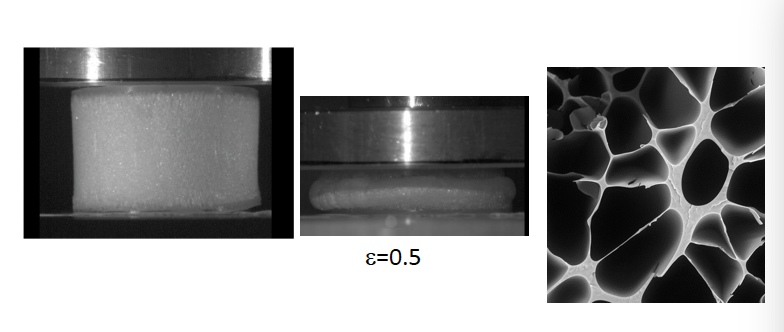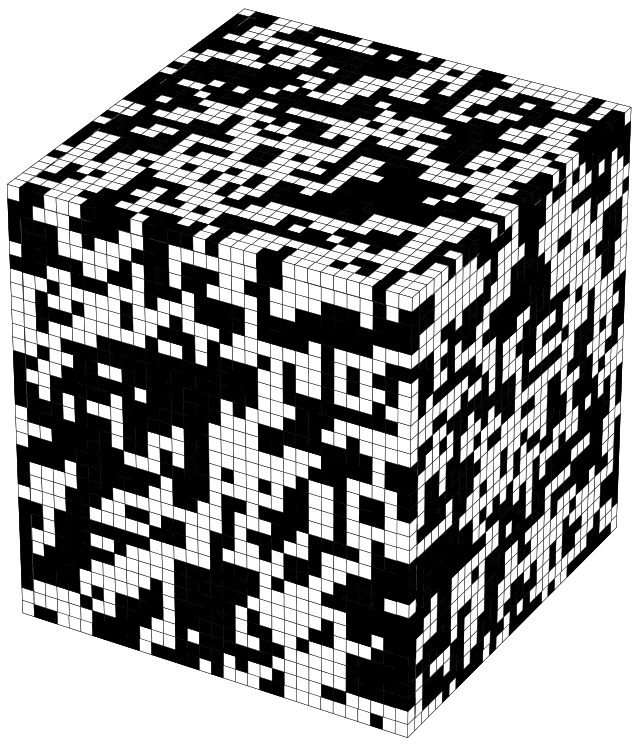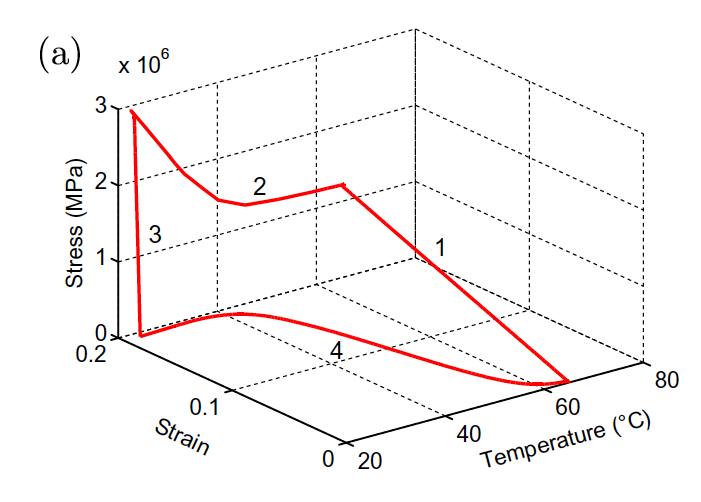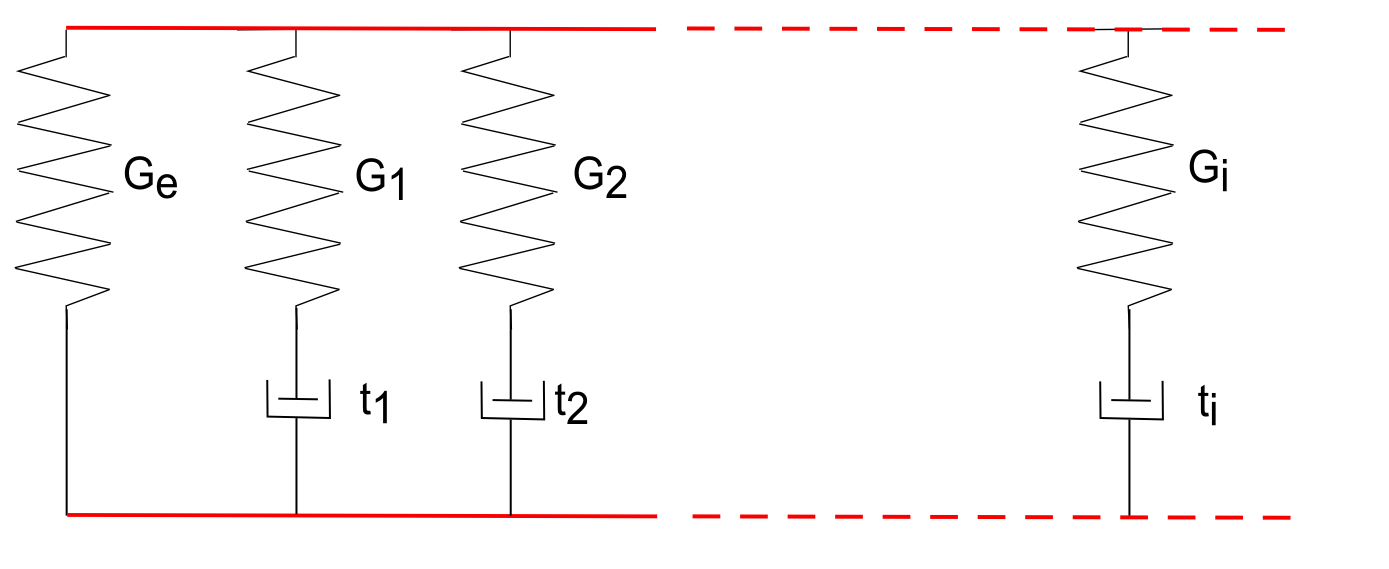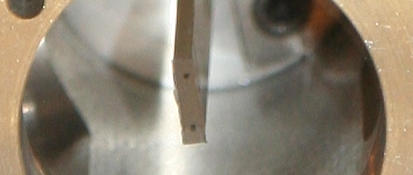When dealing with isotropic polymer, it is easy to characterize the linear viscoelasticity in the lab via dynamic mechanic analysis in tension, torsion. What about for a transversely isotropic material such as a carbon fibers reinforced polymer? Actually, one may find out that it is not possible to directly assert any of the five parameters […]
Tag: viscoelasticity
A finite strain viscoelastic model with damage and tension/compression asymmetry
In an effort to bring some clarification on the vast literature on finite strain viscoelastic models, initially defined for elastomers, a review of the pioneering models on finite strain viscoelastic from Le Tallec et al. (1993), Lion (1997) and Reese and Govindjee (1998) has shown that these models are totally equivalent [1]. It is not […]
Damping optimization of polymer structures
Polymers are viscoelastic and therefore are interesting for damping applications, especially when used at temperatures laying in their glassy-to-rubbery transition where the material is showing significant viscoelasticity. During his PhD co-advised by Gregoire Allaire, Samuel Amstutz and me, Antoni Joubert has worked on the shape optimization of thin structures such as beams and plates to […]
Creep behavior of soft adhesives
Single-lap joint creep behaviour of two soft adhesives We have submitted two hot melt pressure sensitive adhesives (HMPSA) to bonded joint creep tests. While glassy state adhesives such as epoxys are often studied in the literature, data on soft adhesives that are in the rubbery state are scarce. These adhesives have applications such as sealing […]
Impact of the microstructure on the mechanical behavior of PEBAX foams
Five PEBAX foams provided by Arkema and obtained by mold-opening foam injection process has been studied. One one side, the microstructures have been characterized by DSC for the chemical and physical properties, and by scanning electron microscope image analysis for the structural properties. On the other side, the linear elasticity as well as the non-linear […]
Linear viscoelasticity of IPN – FFT analysis
The objective of the study was to characterize and model the linear viscoelasticity of interpenetrated polymer networks showing two clear distinct phase transitions. For this purpose we made in lab some acrylate IPNs by UV curing. In order to avoid fracture of the sample during the making process, the first single network is a lightly […]
Bouncing balls: An illustration of the viscoelasticity and temperature dependent behavior of polymers
Why are we playing with rubber bouncing balls when we are kids ? Can metal or ‘plastic’ balls bounce as well ? And why do squash players warm up their balls before starting the game ? Let us have a little of recreation time bouncing balls and answer these questions. For that, some polymer balls are made in lab. The polymer is an […]
Shape memory property of amorphous polymer networks. Experimental characterization (2)
In a previous post, I have presented some of our results obtained during stress-free shape memory recovery of amorphous polymer networks submitted to large deformation torsion tests. These tests introduce large deformation but moderate strain. In order to provide a rather complete set of data on the strain recovery and `stress recovery’ for amorphous polymers, including large strain, uniaxial […]
Shape memory property of amorphous polymer networks. Mechanical model
The shape memory property of amorphous polymer networks is the result of two intrinsic properties of these materials: 1) The viscoelasticity and 2) the time-temperature superposition property. This can be proven by characterizing the material linear viscoelasticity and time-temperature superposition with DMA (dynamic mechanical analysis) tests and by introducing these properties in a TRS (thermo-theologically […]
Shape memory property of amorphous polymer networks. Experimental characterization (1)
I started working on the shape memory property of polymers at CU Boulder thanks to Professor Ken Gall who introduced me to the topic. Focusing on amorphous polymer networks, with several co-workers we have been working on the characterization and the modeling of this property. This post is about the experimental characterization of the […]




